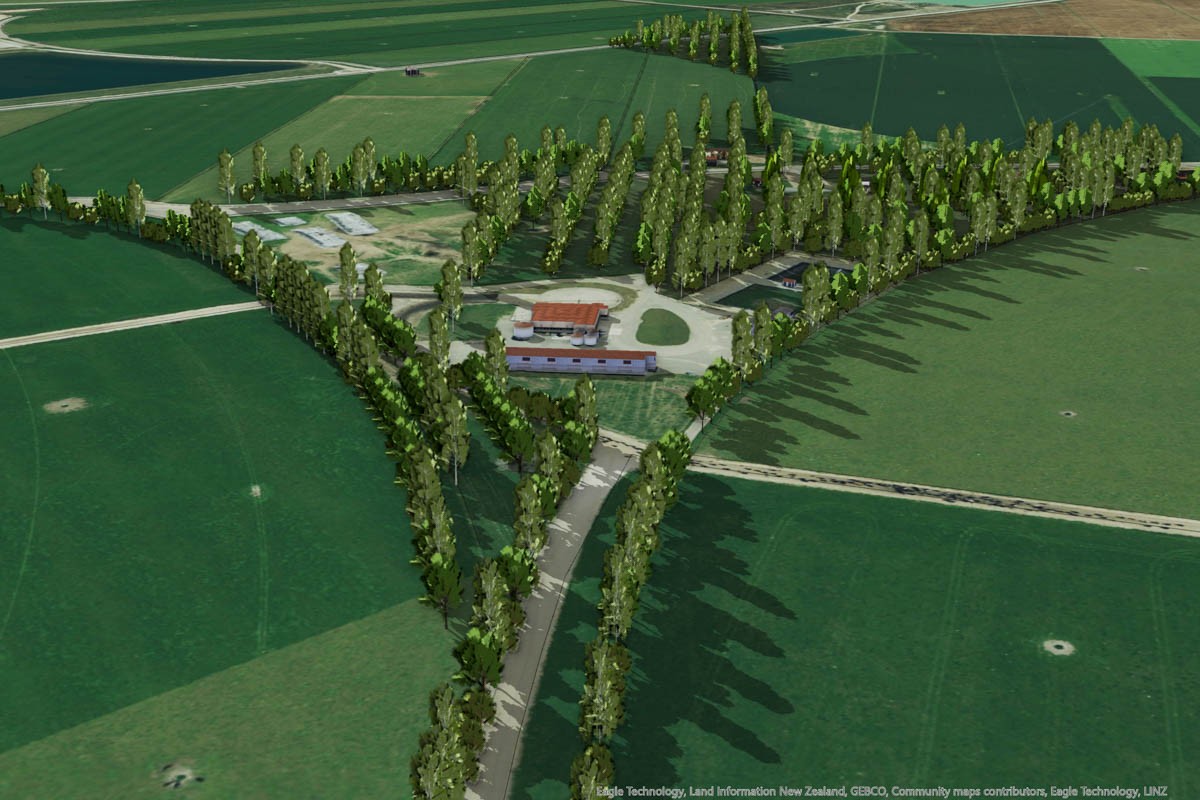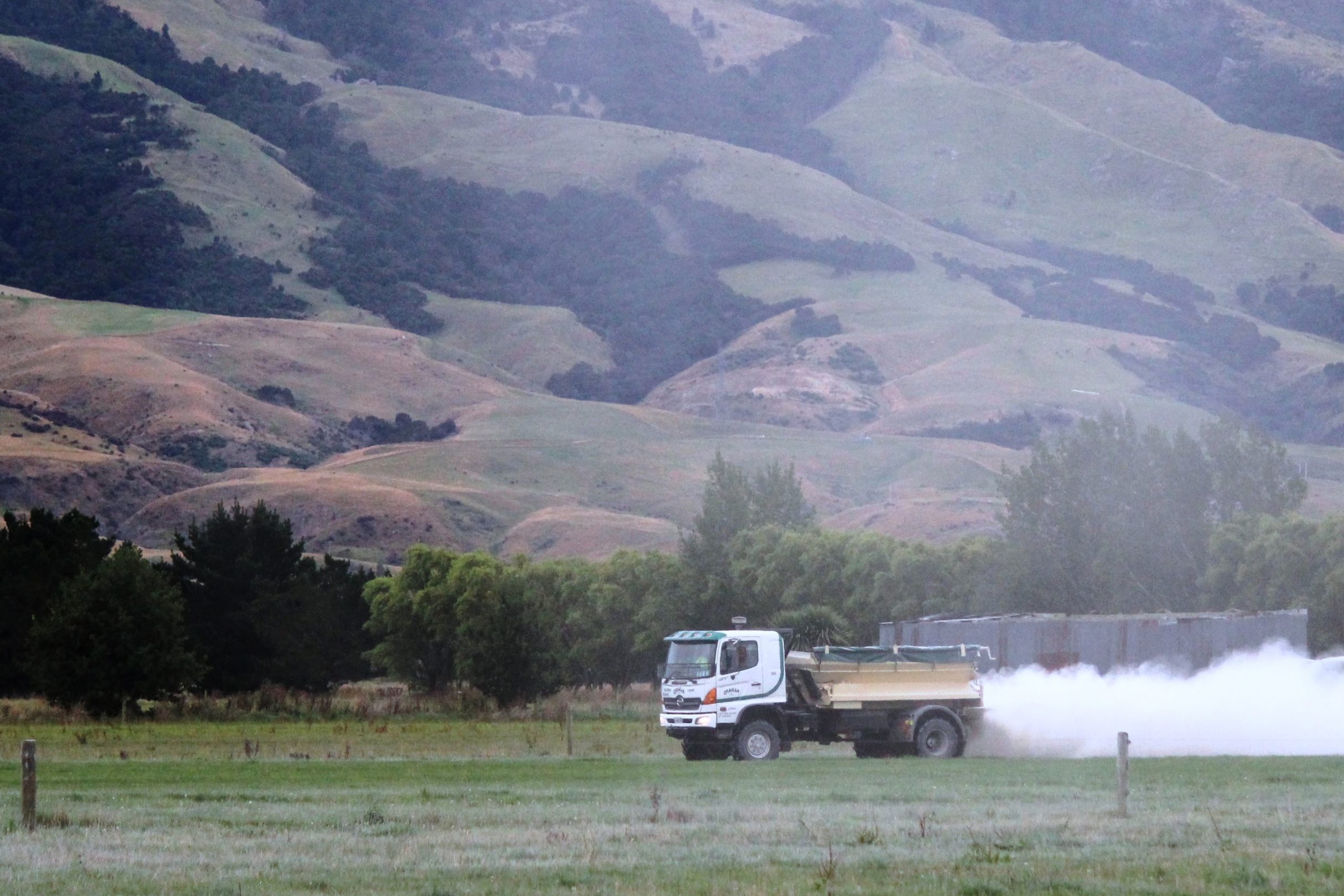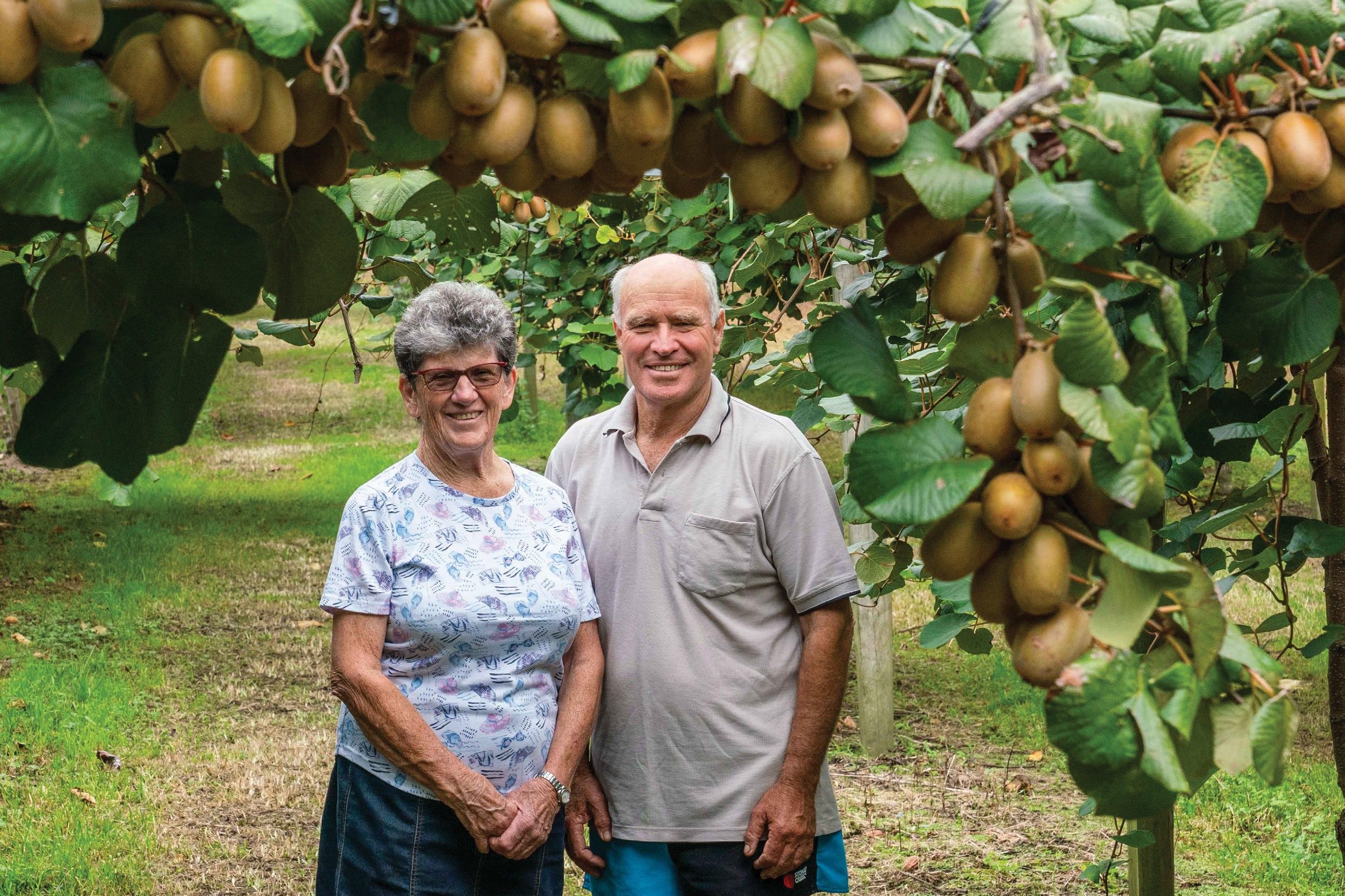By Anne Lee
Plant breeding has given farmers a range of ryegrass cultivars to suit just about any situation but it’s important they understand that if they’re heavily focused on one aspect there may be compromises on others.
If yield and cool season growth are the top priorities then there are cultivars that can give outstanding results but it may be that same pasture will need renewal in less than five years.
Barenbrug science officer Dr Colin Eady describes it as a push and pull kind of paradigm when it comes to breeding some characteristics. Lowering the amount of crude protein is another good example.
Much of the plant’s protein is in the enzyme RuBisCO which incorporates CO₂ into the plant and is integral to the function of photosynthesis.
“There might be excess protein in the ryegrass for the animal eating it but if we try and lower it to solve a nitrogen excretion issue, we’re going to compromise the very photosynthetic machinery that’s going to capture the carbon and build the sugars the plant needs to grow and achieve plant yield.
“That’s the push and pull we see so often and what breeders are working with all the time.
“Most farmers would say the ideal ryegrass would be one that’s very high yielding, maintains quality and is very persistent.
“But persistence and yield are inherently pulling in opposite directions.
“To be more persistent the plant is putting more of it’s resources into being robust rather than growing an abundance of soft, tender leaves.”
Barenbrug marketing manager Graham Kerr says the true perennial characteristics of ryegrass are what drive it to be hardy while annual varieties are “the party animals” here to grow as fast and as vigorously as they can.
“Annuals aren’t programmed to put energy into reserves, they put it all into immediate regrowth whereas the perennial is programmed to come back year after year and will sacrifice some of this year’s activities to have the reserves for next year,” he says.
“What we’ve done in plant breeding is to create a continuum between the two extremes.
“So, we have hybrids – the cross between the perennial Lolium perenne and the short-term Lolium multiflorum, also known as the Italian.
“That also gives us a shot of hybrid vigour.
“Then we have the crosses back from the hybrids to either the perennial or annual to give intermediates.
“That’s creating this continuum in growth and persistence,” Graham says.
Warmer temperatures and farmers moving calving dates earlier over the past 20 years has pushed up late-winter/spring feed demand so cultivars with strong cool season growth are increasingly being used.
Environmental concerns with nitrogen leaching are also driving the use of cool season active varieties.
They use up nitrogen through the cooler months that was deposited over autumn and could otherwise be potentially leached in wetter winter conditions.
“I think we’ll see that trend continue – where farmers are chasing more and more of that winter/cool season growth the hybrids can give.”
Plant breeding is a long-term game with about 12 years from first cross to a commercial cultivar being ready to go.
Barenbrug plant breeder Dr Will Clayton says the challenge is to anticipate what farmers will be looking for as their major drivers 12 years out.
“Our objectives are always going to be yield, maintaining quality and persistence. Those things are givens, but issues like climate change, changing pest challenges, environmental aims – they can mean quite rapid shifts in what farmers’ needs are,” he says.
Farmers can be sure that new varieties have been put through their paces before they become available.
“It’s basically a torture test for 12 years – they’re exposed to insects, heat, low nitrogen, low rainfall – they’re not pampered.”
They’re grown around the country, pitted against other varieties, grown on commercial farms and grazed.
Plant breeding is all done using natural, traditional methods and while it takes time, it’s become efficient in terms of costs and results, Colin says.
Genomic selection like that used for dairy cattle is being explored but unlike the structured global dairy cattle population ryegrass is open-pollinated producing much more variable populations which, combined with lower margins, makes them a less attractive proposition for expensive genomic selection methodologies.
“It’s something we are involved in and it is starting to supplement our traditional breeding methods, but will still require considerable innovation before it becomes a principle approach,” Colin says.
Genomic selection requires the identification of gene markers for specific traits.
If a cross is made the plant can be DNA tested and predictions made on its physical traits based on the gene markers identified rather than growing it out and putting it through its paces.
The technology could dramatically speed up genetic gain and enable breeding programmes to come up with new varieties in a more rapidly changing environment.
But, unlike dairy cattle there isn’t a wide number of traits recorded over a long period to kick start the huge data base needed to make genomic predictions.
“There’s plenty of yield data but we don’t have big data bases on crosses made over the traditional breeding programme period on traits like lipid levels or water-soluble carbohydrate levels.”
Then there’s the complication of endophyte selection.
Endophytes are ryegrass’ valuable friend. They’re asexual fungi and exist symbiotically in the plant, making
their way to the seed so they can move onto the next plant generation with the plant.
They are discovered not bred and not all endophytes are compatible with all cultivars of ryegrass.
They create alkaloids which deter pest insects but can also contain substances that can potentially cause animal health problems such as heat stress and staggers.
Finding endophytes with the right balance of those substances which are also compatible with a new cultivar is another challenge for the plant breeders.
New varieties can be inoculated with known endophytes but not all will exist happily together.
“There are technologies that can and are helping us with all of the challenges we see in plant breeding and we will see more of those technologies make a difference over time,” Colin says.





